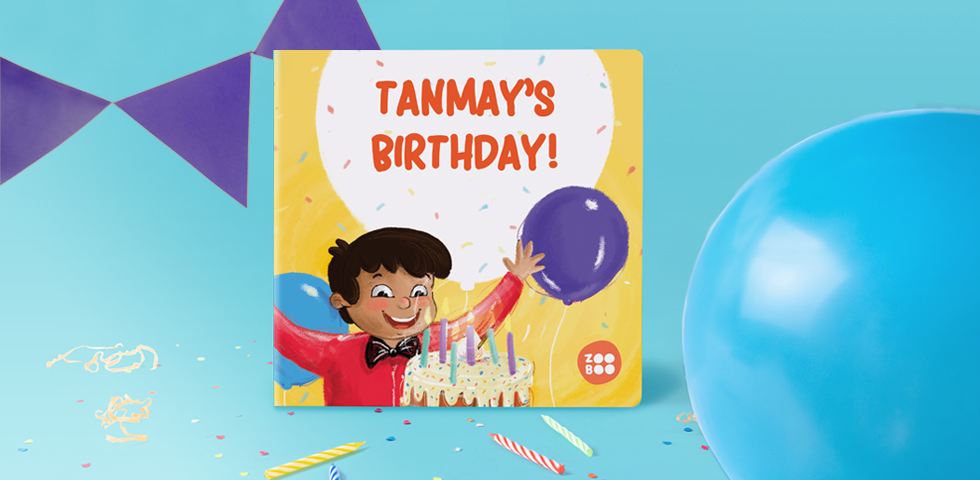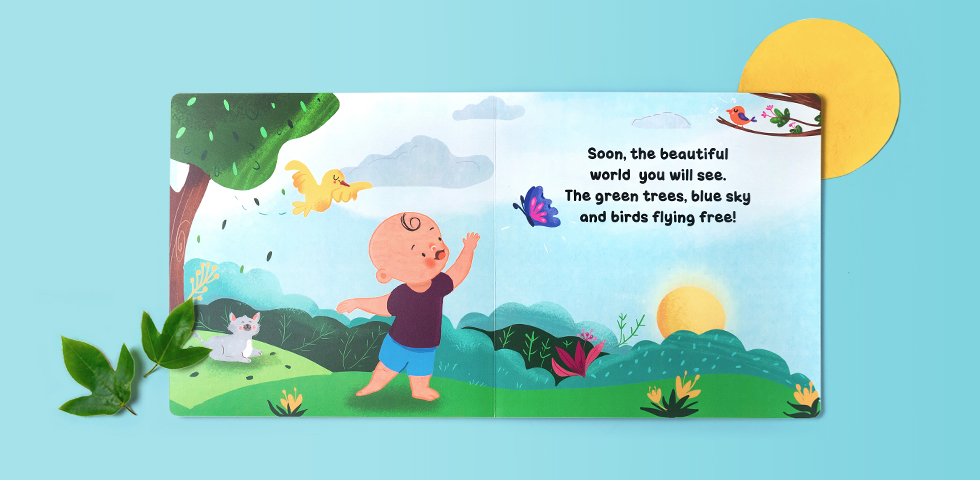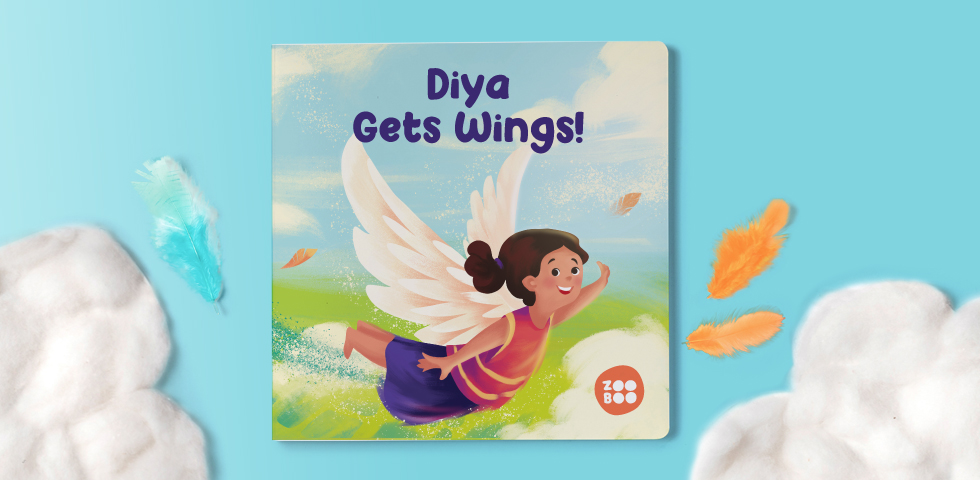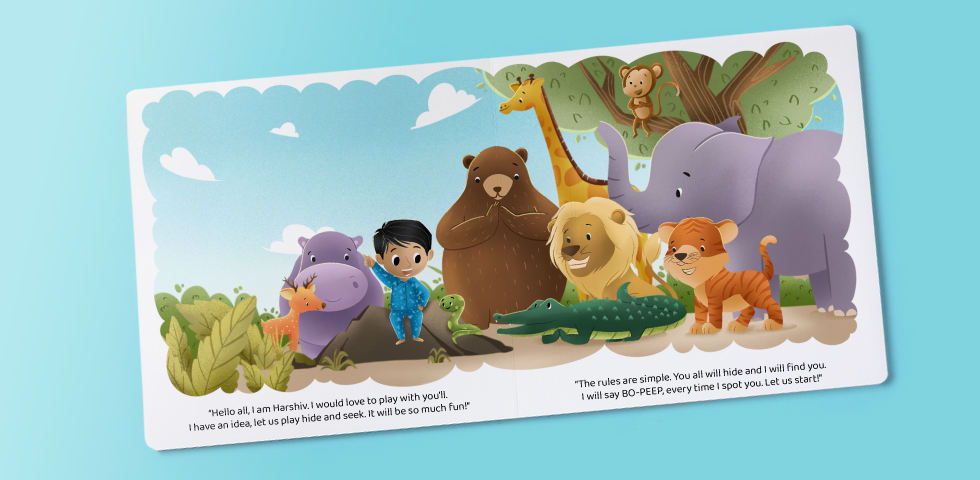Imagine these scenarios:
Your child and his friend had a disagreement. Instead of flinging his toys or throwing a tantrum, your child comes to you and tells you how upset he is and also asks for help.
One of your child’s sibling/cousin/friend doesn’t feel like playing together because they had a bad day. Your child understands that the other person doesn’t feel like socializing and moves on.
These reactions may not seem like a big deal, but they are signs of emotional intelligence in kids. This intelligence is not measured by IQ test. But it is an important skill set that helps us respond to our environment in a socially acceptable manner. It helps kids understand and identify emotions, which in turn allows them to make positive connections with people.
In simple terms, Emotional Intelligence (EI) is the ability to notice, understand & act on emotions in an effective way. Your child may be going through challenges each day. That which is so simple for adults, can be really complicated for a little child. It is important to help kids understand emotions from an early age.
The good thing about EI is that is it not set. You can work with your kids to help them & with practice develop it over time. Especially now that children are mostly home with limited exposure to school, social settings, play-time, it may reduce opportunities to build some of the skills in a natural environment. Make use of the time with your kid and start your journey towards strengthening his emotional receptivity & conduct.
Here are some activities and games to help you get started:
- Books & reading together: Reading together with your child has scientifically known to help develop their emotional intelligence.
- It helps them understand relationships, emotions & feelings that people go through. For example Zooboo’s book ‘Get’s wings’, strongly highlights the bond between a mother and her child. The protagonist shows excitement, happiness, mischievousness and even a touch of sadness at missing his grandma. He shares every part of the day with his mother.
- Books are also a great way to give children a social context & perspective, increase their empathy and self awareness & expose them to more vocabulary explaining emotions. For example Zooboo’s books like ‘Is that you?’, ‘Birthday’ & ‘Bo Peep’ all talk about different types of emotions, social settings, making friends, caring for animals around us etc. These are all soft topics that a child picks up on while reading with his parents.
- Tip: When you are reading with your child, keep pausing to ask them what the characters felt like? Try to label the emotions of the characters
- Looking to order Zooboo’s personalized books? Check this great step by step guide + review to help you out!
- Feeling rocks:
- This can be a fun creative project for the younger kids. Pick up some rocks (alternative: simple paper cutouts of different shapes). Together with your child draw different facial features on them. On a blank paper create an oval to represent a face.
- Children can place the features & create faces with their rocks. Encourage them to talk about the emotions they created, explaining about how we feel and how we act when we feel that way.
- Tip: There a lot of confusing feelings for children for instance the difference between being surprised (in a good way) and being scared. Talking about these emotions through a fun creative activity helps toddlers.
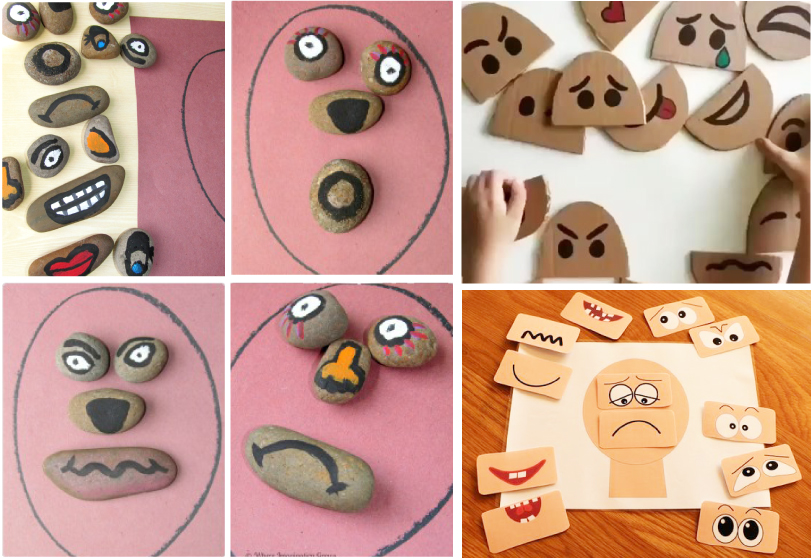
- Play dough emotions:
- Another similar game to the feeling rocks is play dough emotions. For the slightly older kids, give them different coloured play dough, cutters & some googly eyes.
- You can find some face printables online and print basic outline of a face (or draw it if you can!). Be sure to laminate them to make them re-usable.
- Children can shape the play dough into different features and place them on the blank face.
- This encourages them to display different emotions like sadness, happiness, anger etc. And then of course talk about their creations.

- Huggables:
- If you find that your child is not being expressive about their emotions or is a little too young to fully speak how they feel then getting them a huggable or a soft toy can be beneficial. Having a favourite toy by their side can be a source of comfort to the young ones. It eases separation anxiety & often builds confidence.
- Tip: Kid’s sometimes talk to or about their soft toy. This also a good way to get them to open up, pretending that their toy is the one you are talking about.
- Educational videos/movies:
- Some educative videos also help children to understand what the different types of emotions are and what each of them mean. This is a good video for very young children. It introduces children to body language and facial expressions & is a good way to teach basic emotional vocabulary to little kids.
- Tip: Make a family movie Sunday plan. Watch the movie ‘Inside out’ with your kids. Be sure to discuss the different emotions & their roles after the movie!
- Role play:
- Role play or enacting a scene allows children to practice what they have learnt, fine tune and apply it in real life scenarios
- You can write down different situations on bits of papers and place these in a box. Examples: your friend is hurt and is crying. Your friend has snatched your toy in anger. Or your friend is not giving up the swing for your turn etc.
- Let your child (and their siblings/cousin/friend) pick out a chit and enact a scene on how they would act in the given situation.
- You can encourage their positive behaviour and guide them to manage their emotions and reactions in difficult situations.
- Thinking corner:
- Create a corner of the house into a ‘thinking corner’. This space can be used by your child to spend some quiet time, observe, reflect over any situation/behaviour, think of different solutions etc.
- This is not to be confused with a ‘time out’ corner but instead is a personal space where they can calm down (if needed) & think without distractions.
- You can do up this area with different cue cards that encourage your kid to ponder on their emotions. Make it as cosy as you can with cushions, curtains, pictures & books.
- Tip: Keep some of their favourite set of books there to make it alluring for them. Zooboo’s ‘What is behind that door’ is a good way to get them curious & reflective.
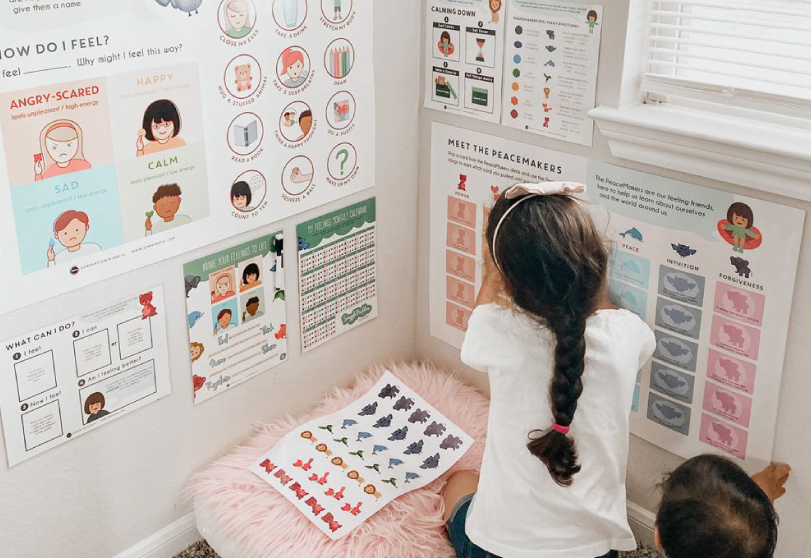
- Helping others:
- In the current times, a great way that you can make your child more empathetic towards others is by involving him in helping others. Have your child join you in taking care of people in need as a way to build empathy.
- Tip: You can join a volunteer effort, or just bring him along when you take food to a sick neighbour.
It is important to be consistent in trying different ways to engage your child & help them with their emotional intelligence. Don’t give up if you aren’t successful initially. With some of the above suggested activities and gradual attempts, your child will come around. Have faith and be positive!
If you think this article has helped you in anyway, then please do leave your comments below. Also follow us on social media Instagram & Facebook and share your experiences with us. Feel free to share this blog with your parent community! Let’s keep helping each other out.
Zooboo does not own rights to any of the activity images. They are used for representation purpose only. Image sources: Mrsplemonskindergarten.com, Cubmamans.com, blessed.raisingtwo, Puttingwordsinyourmouth.com, Pre-kpages.com

